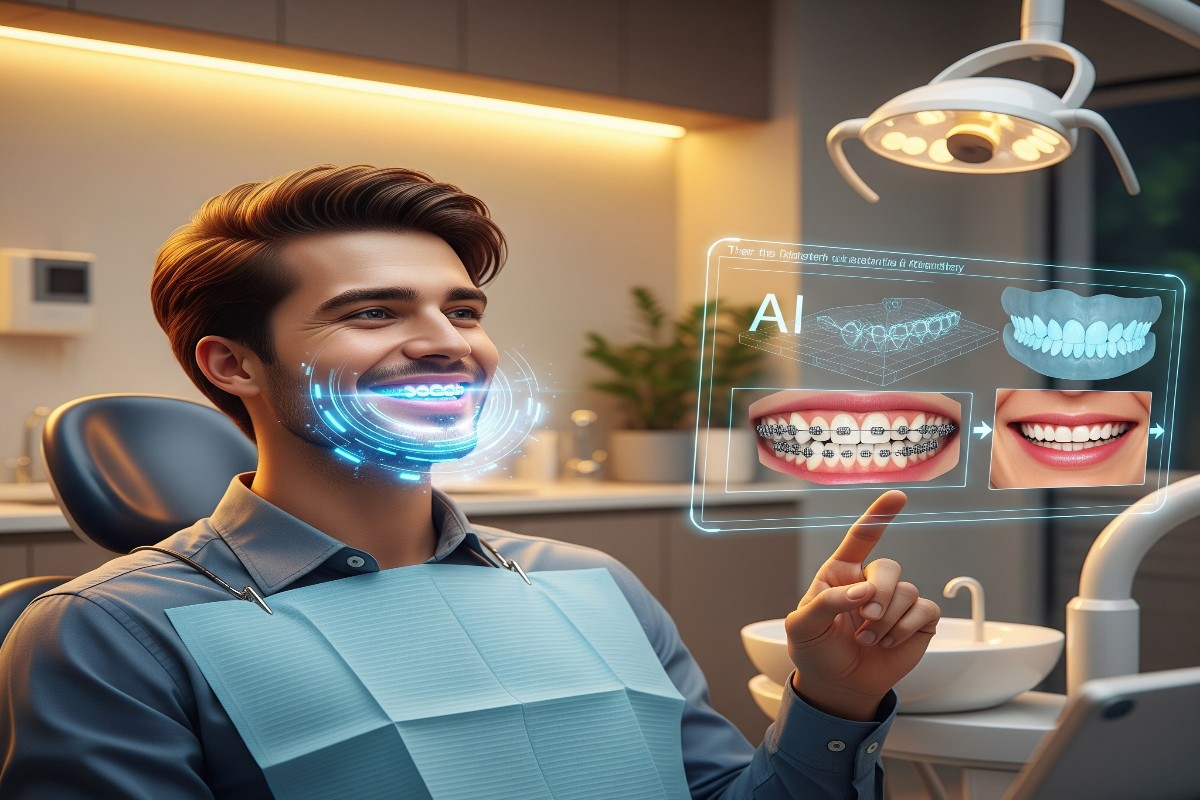

The term artificial intelligence (AI) refers to a variety of tools and methods that let computers carry out operations that have historically required human intelligence. These include the study of robotics, machine vision, natural language processing, heavy learning, and machine learning (ML).
AI systems in dentistry, healthcare and medicine can swiftly and precisely analyze large volumes of data, assisting physicians in more accurately and early disease detection.
These can help diagnose diseases like cancer, heart disease, and neurological disorders by spotting patterns in test findings, patient records, and medical images that would not be obvious to human observers.
Like other areas of healthcare, AI in dentistry, can support a relatively straightforward array of activities, like cavity detection, periodontal disease diagnosis, or orthodontic treatment planning.
Orthodontics is an ideal place for AI in dentistry to provide support because the research suggests that AI applications in orthodontics may be the most promising as it involves imaging and cephalometric analysis.
As the number of Dental AI development tools, such as WeDoCeph, WebCeph, and CephX, continues to grow, AI-based diagnostic support is now accessible to practitioners and researchers.
In the early days, orthodontists used computers mainly for viewing X-rays or planning basic treatments. Around the 2000s, new tools began showing up that could study patterns in teeth and jaw development. Slowly, these systems got better at helping doctors plan braces and aligners. What started as simple support has grown into a trusted part of modern orthodontic care.
Traditional methods are often time-intensive, susceptible to human interpretation errors, and heavily reliant on individual clinician expertise.
This poses a significant challenge as orthodontic cases present with increasing complexity, demanding more efficient, accurate, and standardized diagnostic support to optimize treatment planning and patient outcomes.
Limitations of Conventional Orthodontic Techniques
Time intensive methodologies, such as manual models and cephalometric tracing, can contribute to delays with treatment planning and can deplete clinic resources, in addition to having measurable impacts for manual measurement and human interpretation errors that influence the accuracy of diagnosis.
Rising Challenges in Orthodontic Cases
More difficult malocclusion cases that contain multiple dental and skeletal errors demand more progressive and deeper diagnostic methods than is capable in traditional two-dimensional views, as well as subjective clinical evaluations.
Demand for Diagnostic Consistency
With the variety of experience and associated opinions within traditional orthodontic evaluations, instances of clinician subjective bias lead to diverging diagnoses, outcomes and treatment plans amongst clinicians. There is a call for improved and standardized methods for reliable and prognostically consistent patient care.
Potential of AI adoption:
The potential of artificial intelligence is to help enhance therapeutic efficiencies, effectiveness, and objective evaluation within orthodontic diagnostic methods is promising, nonetheless there are challenges with integrating them into existing clinical practice.
Pitfalls of AI Adoption
Possible barriers include the existing evidence to support reliability of such newly developed methods, and to safeguard sensitive patient data, all preceding obligation to patient safety with AI driven recommendations, and broader ethical issues regarding autonomous diagnostic decisions.
? A compact and AI powered screening device for oral cavity that records HD images in less than 2 minutes.
? It can ascertain dental conditions, like cavities, tartar build up, gum issues and other oral signs of systemic diseases.
? Patient friendly scanO application provides personalised care.
? Easy to use application enables doctors to provide remote consultations – accessible to patient scans, diagnostic histories and treatment plans.
1. Digital software offers speed and repeatability gains over traditional cephalometric analysis, which is laborious and subject to human mistake.
2. AI has proven to be highly accurate in recognizing cephalometric landmarks, frequently matching or outperforming the dependability of seasoned human readers while also drastically cutting down on analysis time.
3. While lateral radiography is still widely used, AI's ability to automatically identify and analyse landmarks is rekindling interest in CBCT for CA.
4. Although findings are threshold-dependent, meta analyses indicate that AI can identify landmarks with promising accuracy, and new developments in deep learning are increasing the accuracy of annotations.
In orthodontics, the application of artificial intelligence technology advances the field and facilitates the analysis of imaging phenotypes in patients in need of orthopedic, orthodontic, and/or surgical therapy. This covers automated techniques for quantification, classification, and characterisation, standard orientation, landmark recognition, picture anonymization, segmentation, and registration. Confirming the clinical effectiveness of the automated toolkit procedures for quantitative image analysis and making these methods available and adaptable to the larger orthodontic field are the long-term goals of the AI tools development.
scanO use AI powered high technology screening tools to enable instant diagnosis. It helps in early detection, promotes preventive dental care. Additionally, its remote consultation and sleek clinical workflows stimulates awareness of oral-systemic health links making dental care much more systematized.
scanO is an AI ecosystem transforming oral health for patients, dentists, corporates, and insurers worldwide

© 2025 Trismus Healthcare Technologies Pvt Ltd